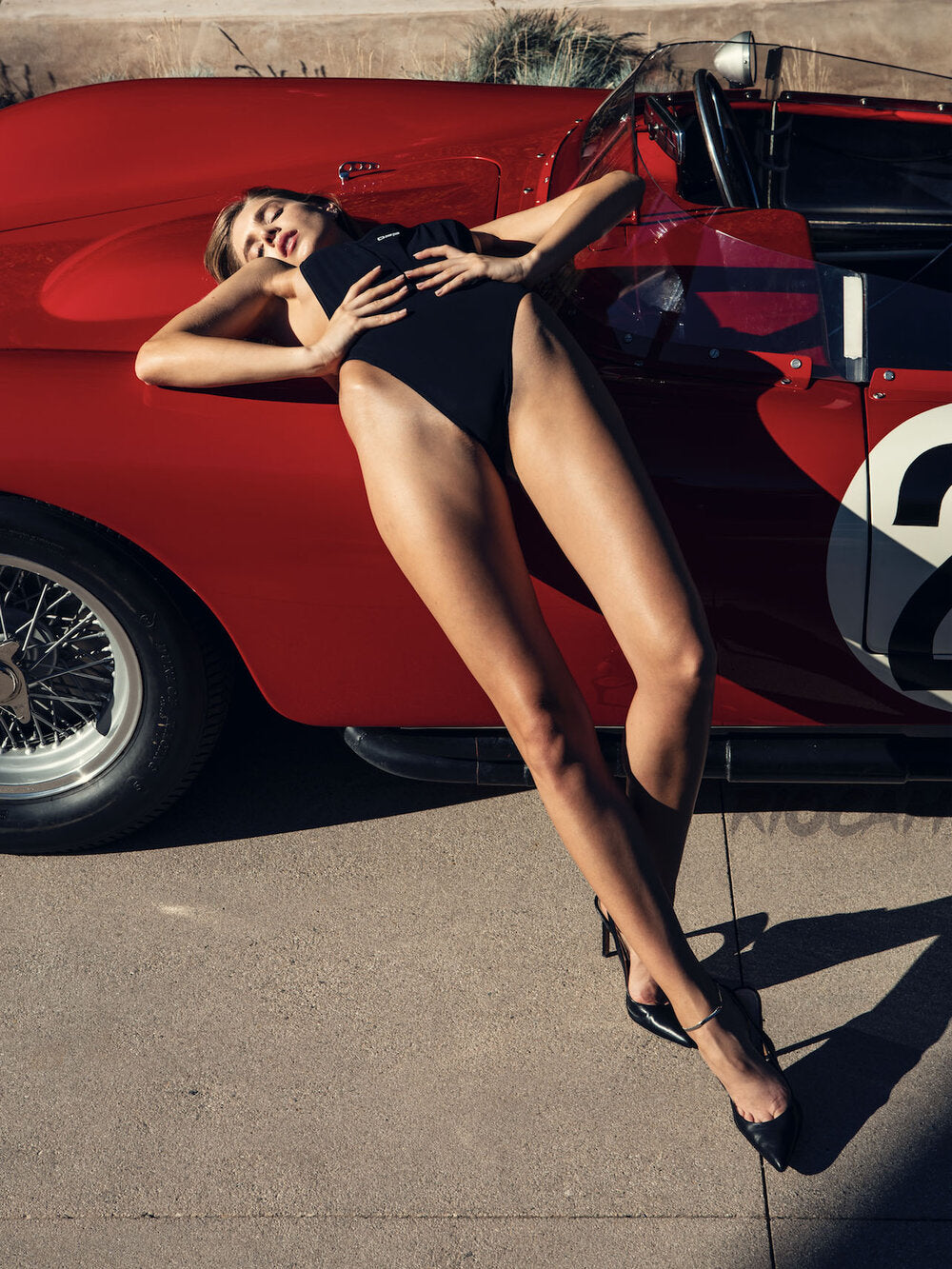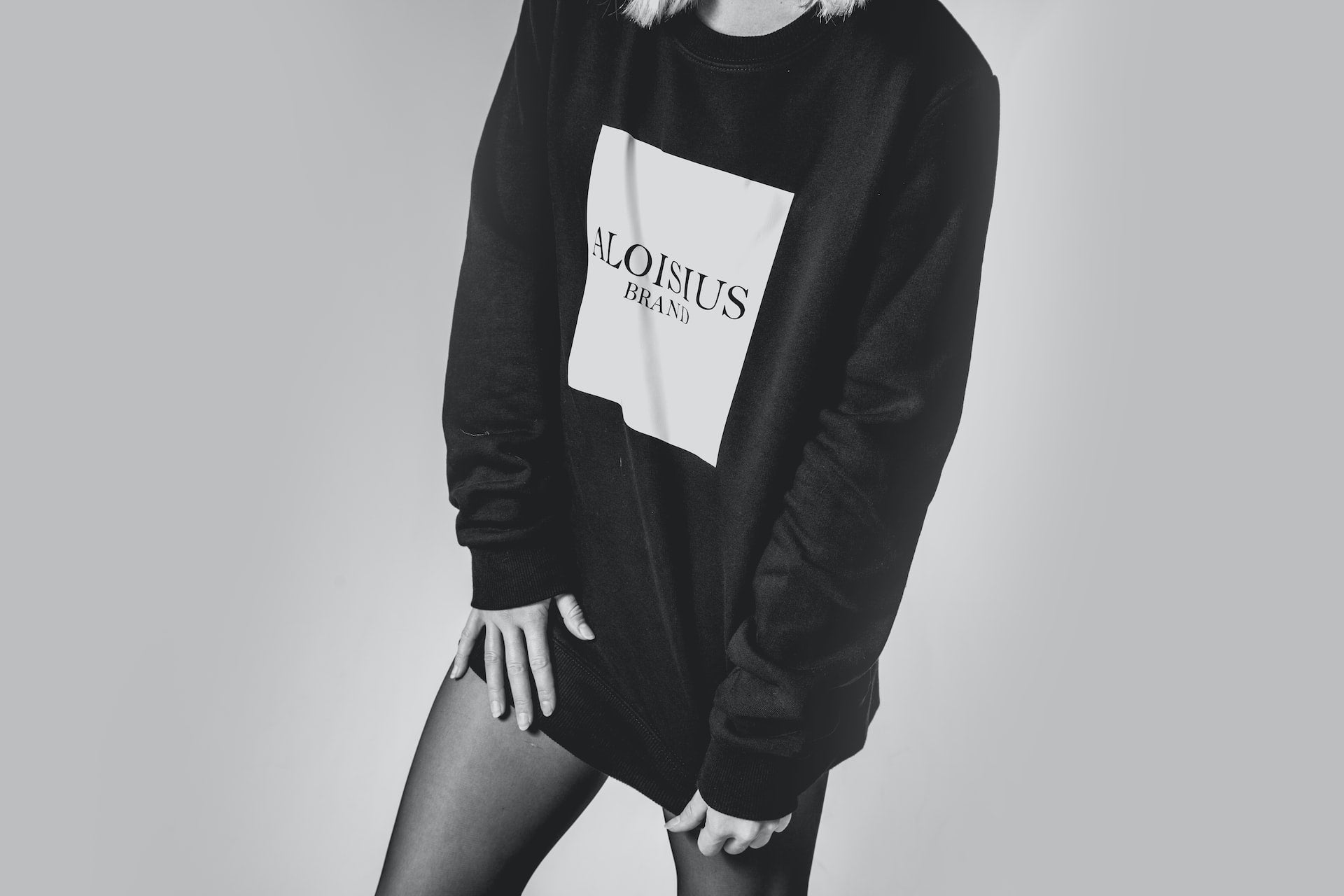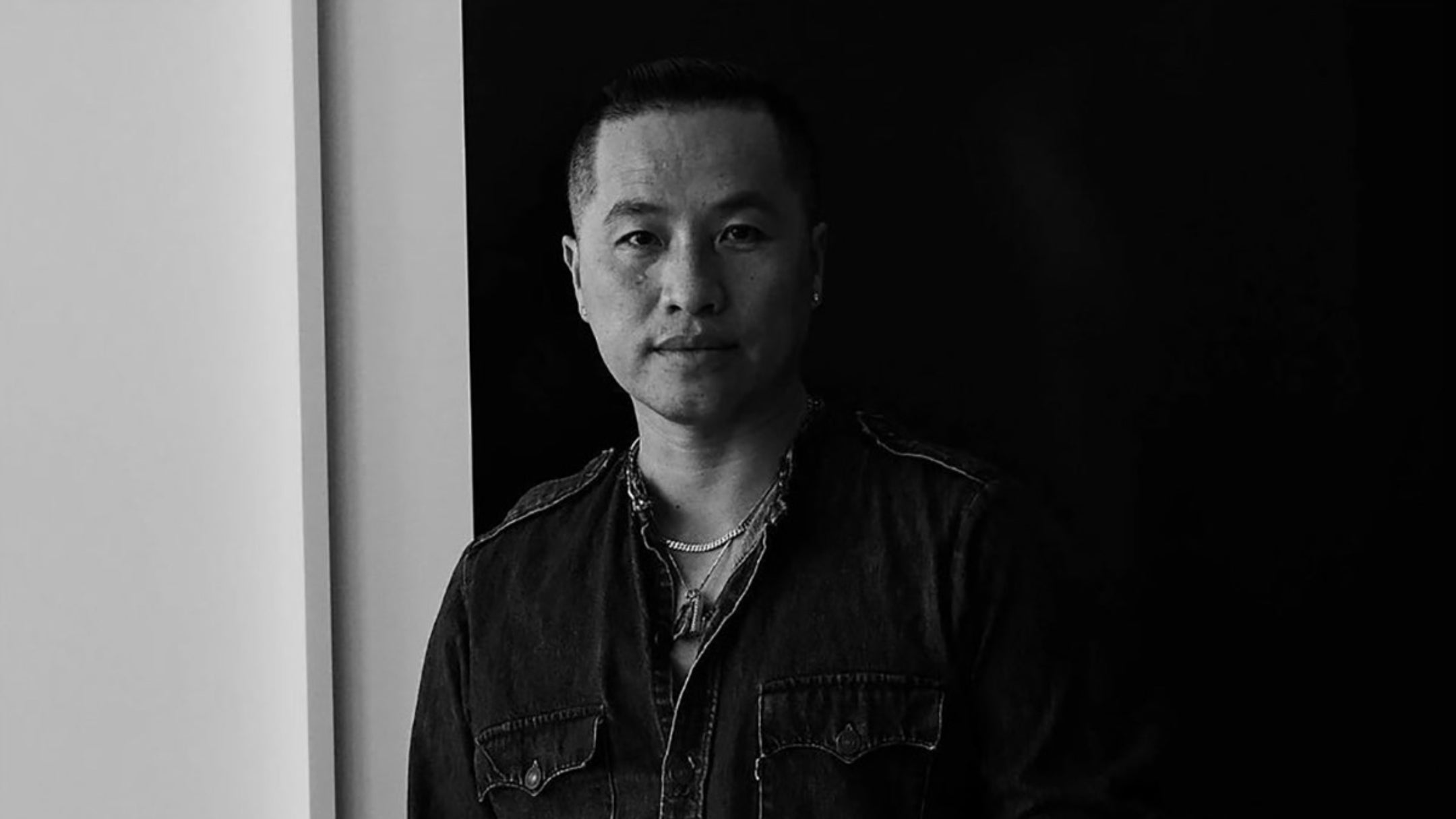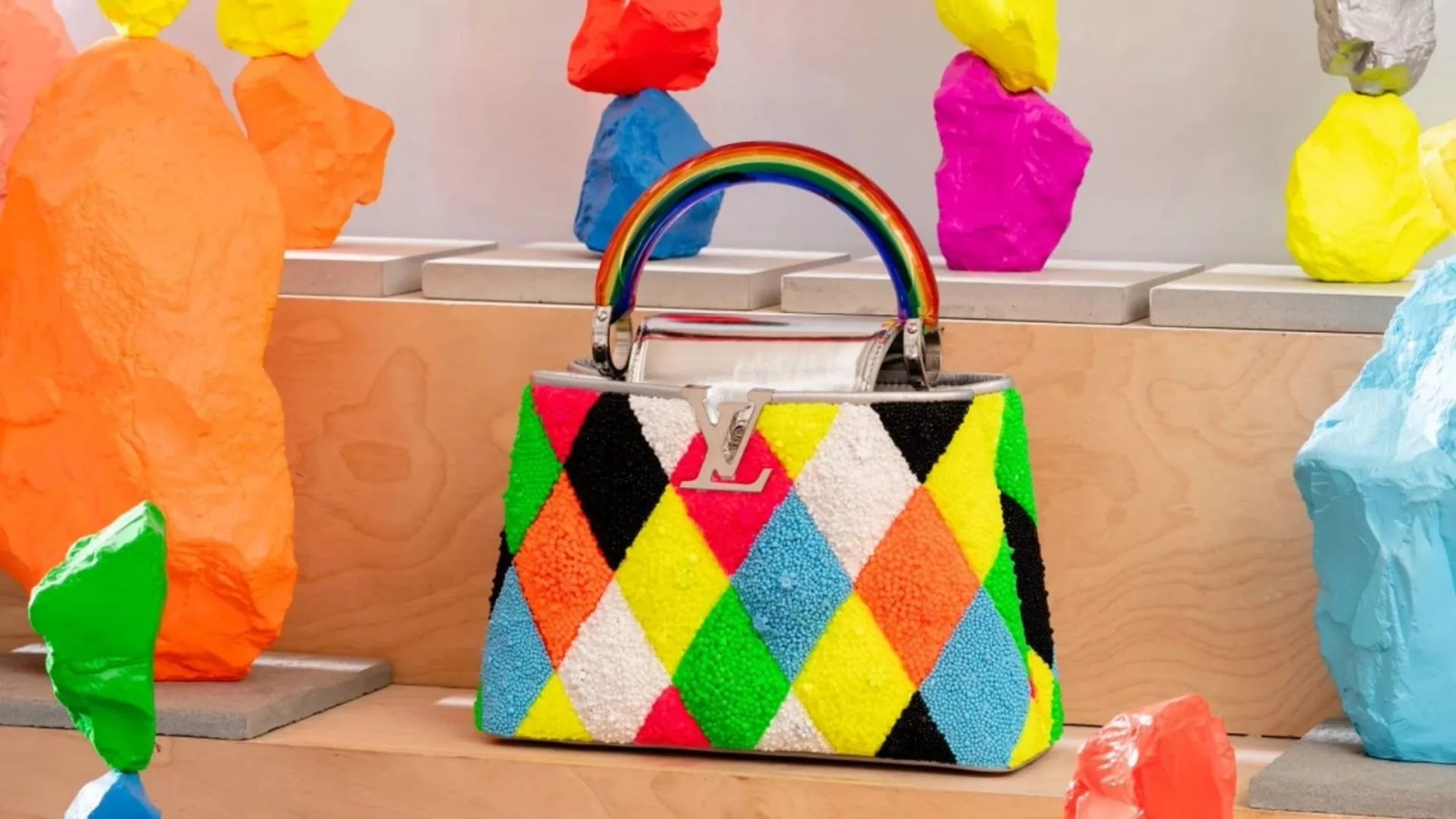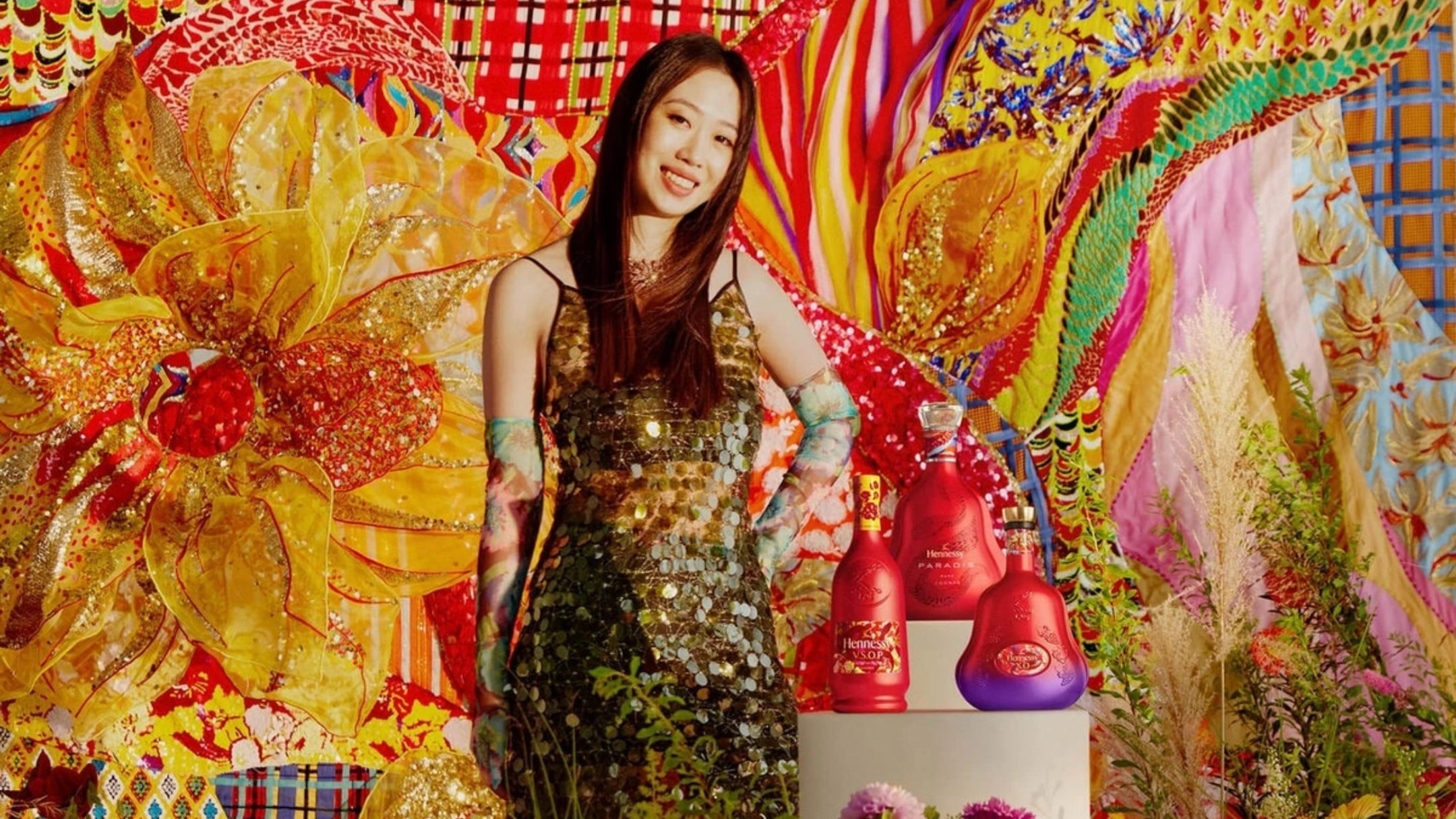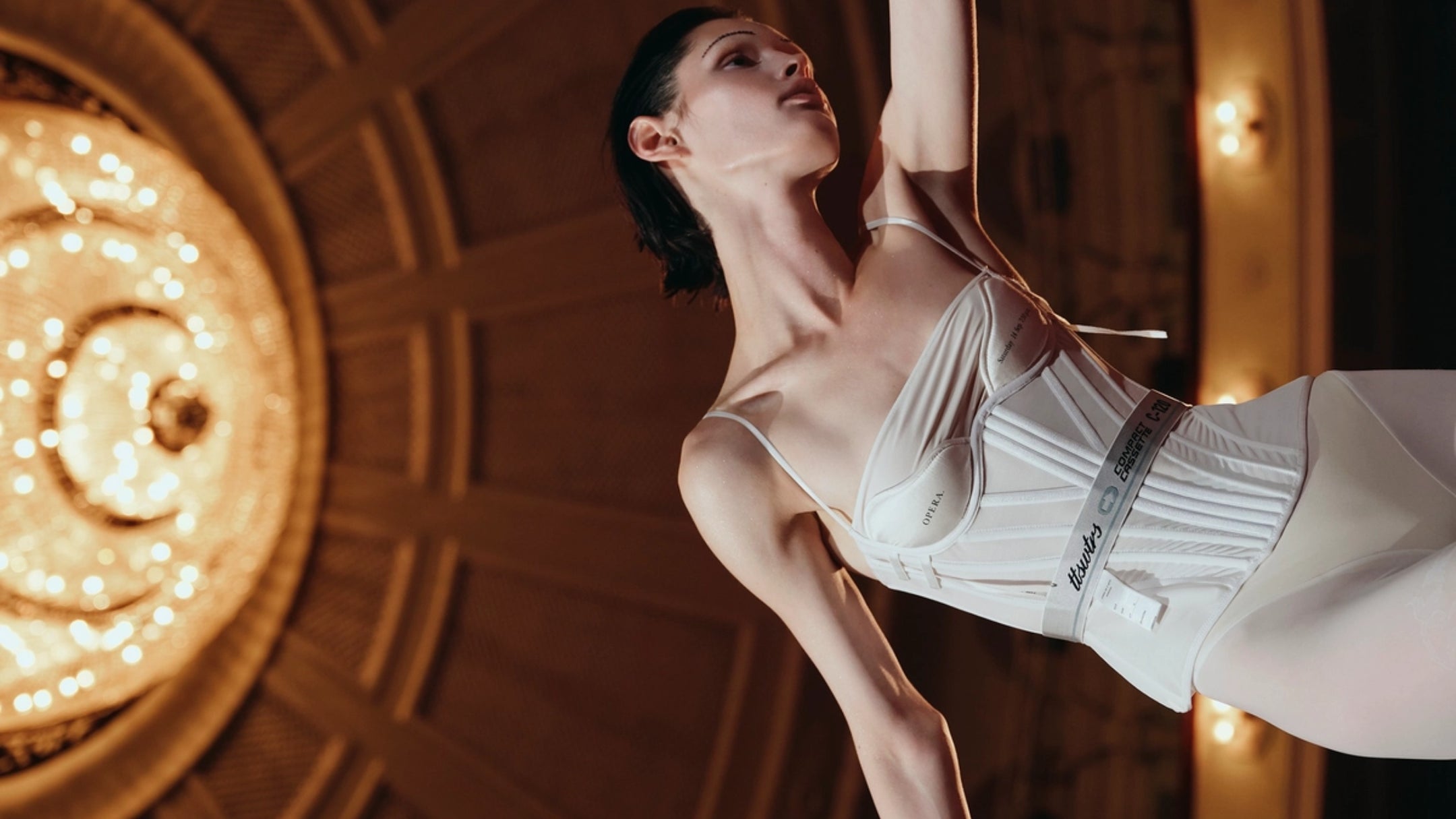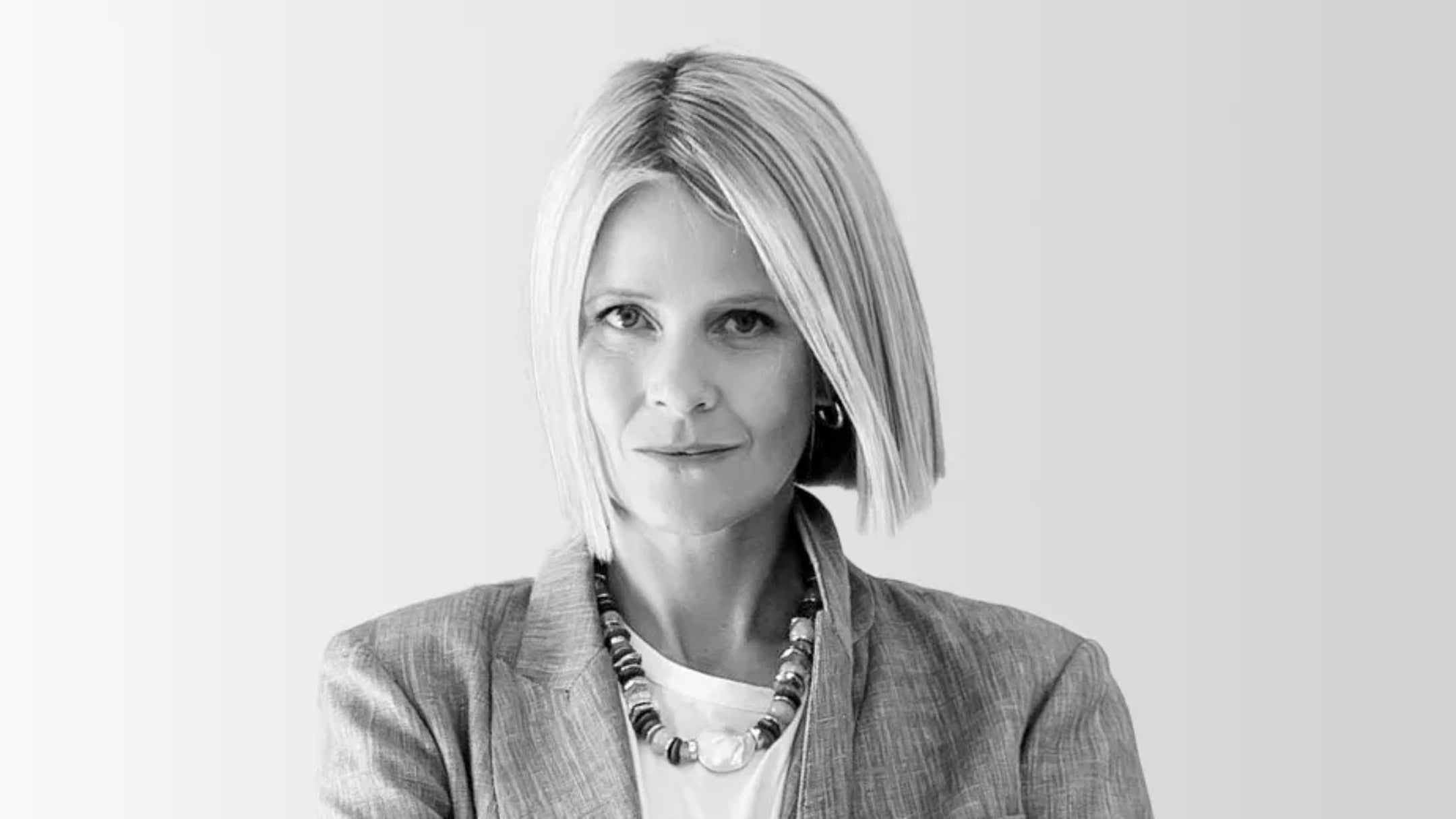Mixing designer brands with high street or affordable brands has become increasingly popular in recent years. This is a great way to elevate your style and create a unique look that reflects your personality. However, mixing and matching different brands can be tricky, and if not done properly, it can result in a fashion faux pas. In this article, we will discuss some tips and tricks on how to mix and match designer brands with other brands to create a cohesive and stylish outfit.
Understanding Your Personal Style
Before mixing and matching different brands, it's important to understand your personal style. This will help you choose pieces that complement each other and create a cohesive outfit. Take a moment to reflect on your fashion choices and ask yourself some questions such as, "What colors do I gravitate towards?" "Do I prefer classic or trendy pieces?" "What styles suit my body shape?" Understanding your personal style will help you choose the right pieces that complement each other.
Start with a Statement Piece
When mixing and matching brands, start with a statement piece. This could be a designer item such as a bag, shoes or a statement accessory, or an affordable piece that stands out. Build your outfit around this statement piece and choose other items that complement it. For example, if you're wearing a statement designer bag, pair it with a simple outfit such as a white t-shirt and jeans.
Play with Textures
Mixing different textures is a great way to create a stylish outfit. Experiment with fabrics such as silk, denim, leather, and wool. For instance, you can pair a designer silk blouse with affordable denim jeans, or a designer leather jacket with an affordable cotton t-shirt. Mixing different textures creates an interesting contrast that adds depth and dimension to your outfit.
Choose Complementary Colors
When mixing and matching brands, choose complementary colors. This will help create a cohesive outfit that looks stylish and put together. Colors that complement each other are colors that are opposite each other on the color wheel. For instance, blue and orange, yellow and purple, and red and green are complementary colors. You can also choose colors that are similar but not identical. For example, you can pair a designer navy blue blazer with affordable light blue trousers.
Pay Attention to Proportions
Proportions are essential when mixing and matching different brands. Choose items that complement each other in terms of length and fit. For instance, if you're wearing a designer oversized sweater, pair it with skinny jeans or leggings to balance out the proportions. Similarly, if you're wearing a designer pencil skirt, pair it with an affordable fitted blouse to create a balanced silhouette.
Mix Classic and Trendy Pieces
Mixing classic and trendy pieces is a great way to create a unique and stylish outfit. Choose one designer classic piece and pair it with an affordable trendy piece. For instance, you can pair a designer trench coat with affordable ripped jeans, or a designer silk scarf with affordable statement earrings. This creates a balance between timeless elegance and current fashion trends.
Accessorize Wisely
Accessorizing is key when mixing and matching different brands. Choose accessories that complement the rest of your outfit and create a cohesive look. For instance, if you're wearing a statement designer bag, pair it with simple jewelry such as stud earrings or a delicate necklace. On the other hand, if you're wearing a simple outfit, you can add a pop of color or pattern with a designer scarf or statement jewelry.
Mix and Match Prints
Mixing and matching different prints is a great way to create a unique and stylish outfit. However, it's important to do it in a subtle and balanced way. Choose prints that complement each other and create a cohesive look. For instance, you can pair a designer animal print blouse with affordable striped trousers. Mixing prints can be tricky, so it's important to keep the rest of the outfit simple and let the prints be the focal point.
Layer Your Outfit
Layering is another great way to mix and match different brands. You can layer a designer blazer over an affordable t-shirt or sweater, or layer a designer cardigan over an affordable blouse. This creates depth and dimension to your outfit and adds a touch of elegance and sophistication.
Don't Overdo It
When mixing and matching different brands, it's important not to overdo it. Stick to a few key pieces and keep the rest of the outfit simple. Too many designer pieces can look over the top and unbalanced. Remember, less is more.
Conclusion
Mixing and matching designer brands with other brands is a great way to elevate your style and create a unique look that reflects your personality. By understanding your personal style, starting with a statement piece, playing with textures, choosing complementary colors, paying attention to proportions, mixing classic and trendy pieces, accessorizing wisely, mixing and matching prints, layering your outfit, and not overdoing it, you can create a stylish and cohesive outfit that is sure to turn heads.
FAQs
Can I mix and match designer brands with fast fashion brands?
Absolutely! Mixing designer brands with fast fashion or affordable brands is a great way to create a unique and stylish outfit.
How do I choose the right designer piece to mix and match with other brands?
Choose a designer piece that reflects your personal style and complements your wardrobe. This could be a statement accessory or a classic piece such as a blazer or a trench coat.
Is it okay to mix prints when mixing and matching brands?
Yes, mixing prints is a great way to create a unique and stylish outfit. However, it's important to keep the rest of the outfit simple and let the prints be the focal point.
Can I mix and match different textures when mixing and matching brands?
Absolutely! Mixing different textures is a great way to create a stylish outfit that adds depth and dimension.
How can I accessorize when mixing and matching different brands?
Choose accessories that complement the rest of your outfit and create a cohesive look. Stick to simple jewelry and let the statement pieces be the focal point.

